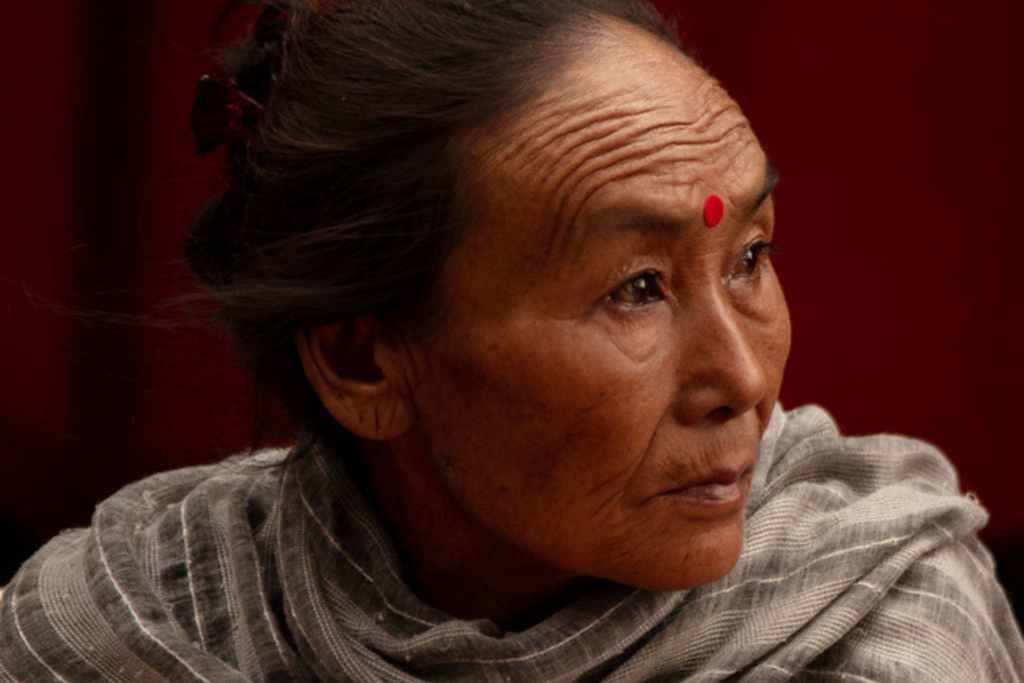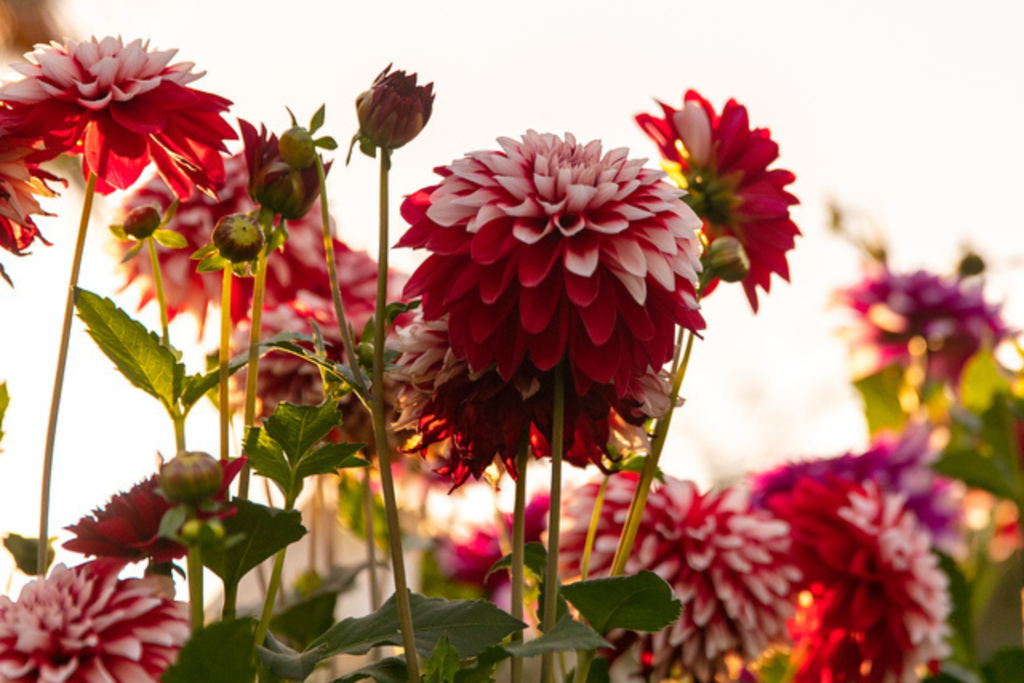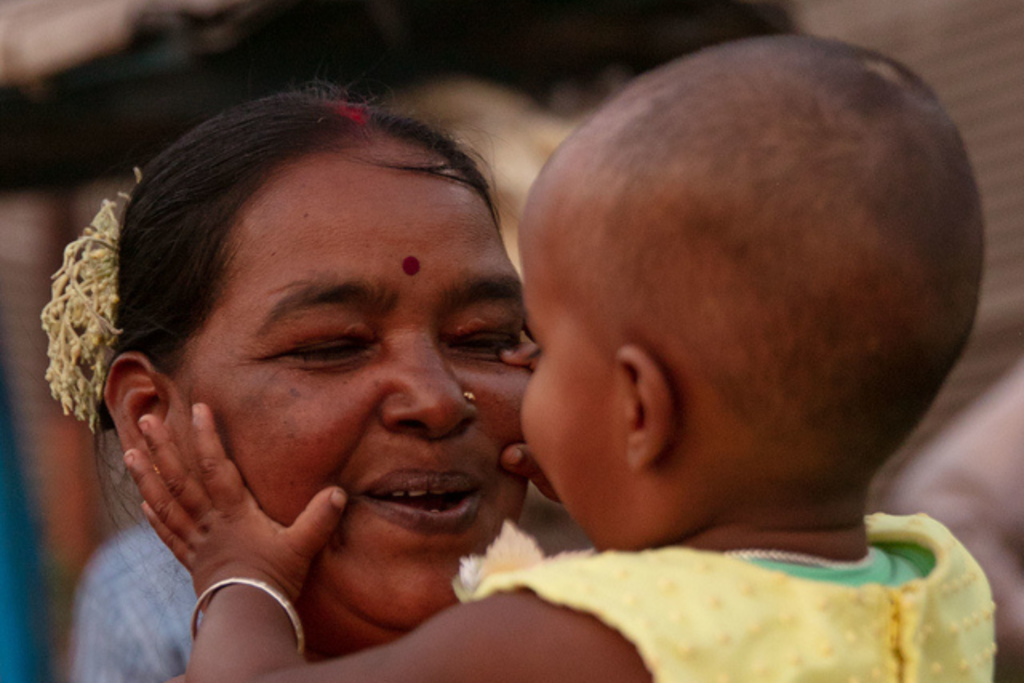To transform oneself internally by training the mind is the most exciting adventure. And this is the true meaning of meditation.
Matthieu Ricard, The Art of Meditation
Karuna-Shechen is deeply rooted in meditation and mindfulness, which we continue to promote as a tool for wellness, emotional intelligence, and caring for yourself and others. Mindfulness is also a resource for cultivating altruistic potential, as it helps to rightly define one’s position in the world.
Why meditate?
According to Laurence Bibas, we can meditate for many reasons: to escape (daydreaming), to take off (expansion of consciousness), to meditate on a subject (contemplation), to reduce stress (mindfulness), to awaken (spiritual meditations). However, L.Bibas reminds us that “fundamentally all these meditations allow us to know ourselves better, to dialogue with ourselves and to awaken to our deepest nature.” In the same way, Patricia Christin explains that meditation will allow us to get out of autopilot mode, and thus reveal our patterns of functioning. With practice, we can change the way we relate to the world and to ourselves, and develop more inner resources.
Meditation allows us to take care of ourselves, because when we focus our attention on painful physical sensations, thoughts or difficult emotions, we are already starting to take care of them.
Neuroscience research has proven the beneficial effects of meditation on health, both in the long and short term. For example, meditators experience a reduction in stress and anxiety, as well as a decrease in the risk of relapse for people who have experienced at least two episodes of severe depression. In the longer term, people who practice meditation have a greater ability to concentrate, a decrease in blood pressure in hypertensive patients…
But above all, meditation allows the cultivation of a more harmonious state of mind, less subject to emotional turmoil, and which therefore allows the nourishment of emotions and therefore altruistic gestures.

Learn about neurosciences’ discoveries on meditation
Meditation is a practice that cultivates and develops certain fundamental human qualities, just as other forms of training teach us to read, play a musical instrument, or acquire any other skill.
Matthieu Ricard
There is no single method in meditation. There are practices that are adapted to different profiles and intentions, and even practices that are not recommended in some cases. The techniques and intentions vary and can be combined, but what is important is that each meditator finds the technique or techniques that allow him or her to start and persevere, because what is essential in meditation is regularity. It is training, as sports can be: to become flexible, it is better to stretch a little regularly than to try to do the big splits at the first session.
Preconceived notions about meditation with Patricia Christin
Misconception #1: Meditation is about not having thoughts.
False. meditation is about embracing what is happening in the present moment experience, including restlessness, in a non-judgmental way.
Misconception #2: Meditation is only practiced on the cushion.
False: In formal meditation, it is important to have a straight back and a relaxed body. It is also possible to practice on a chair, standing, with the body lying down.
The posture

Meditation sessions where one sits with the intention of devoting a certain amount of time to the practice are formal meditation – as opposed to informal meditation, which we will discuss later in this article.
To meditate in this way, it is important to adopt a posture that encourages attention: back straight and muscles as relaxed as possible. We can practice on a cushion, cross-legged or on our knees, on a chair, sitting with our feet on the floor, or lying down.
The idea is to find the right balance between relaxation and tension. If we are too tense, we risk having a distracted mind, and if we are too relaxed, we risk falling asleep.
Meditation can be practiced alone, or in a group, in silence or with a voice guiding the practice. Guided meditations are especially recommended for people who are new to meditation, but they are a popular way to practice, far beyond the novice. If one wishes to be guided, it is possible to participate in meditation classes, in person or online, or to listen to sessions through applications such as Prezens or on streaming platforms such as Youtube.
If you have time, meditate for 20 minutes a day, if you don’t have time, meditate for 40 minutes.
Zen proverb
The object of concentration
Except in open presence meditation, we use an object of attention to focus our attention. We direct our attention entirely onto this object, in all its aspects, to develop the concentration and acuity of the sense we are using (sight, hearing, taste, etc). Each time we notice that our mind is focused on something else than the object, we come back to it, and so on. This “gymnastics” of the mind will help to develop flexibility and will strengthen our capacity to concentrate.
Breathing
The object of attention most used in meditation is the breath. The back and forth movement of the air, the cool and then warm sensation on the nostrils, the chest and abdomen rising and falling… This object of concentration, in addition to having several facets and being reflected in the bodily sensations (which makes it easier to observe), has the immense advantage of being always present with us. Whatever the situation, wherever we are, we can connect with our breath, it is as unfailingly present as our very existence – and disappears with it. The breath will not be the same if we are angry, joyful, peaceful, etc. So it is also valuable information for our emotional intelligence.
The sensations of the body
Another object of attention that shares this characteristic, in a more subtle way, is the sensations of the body. Our body is continually dotted with sensations: rubbing against a piece of clothing, itching, tickling, pain, tension, heat, cold, contact with the support or another part of the body, breeze, sunlight… We forget these sensations when our mind is busy with everything else, but we can reconnect to our body by focusing on the sensations already present. The key to this practice is to suspend judgment.

It is not about hoping for pleasant sensations, nor is it about ignoring or trying to make unpleasant sensations go away. The idea here is just to notice that we have a yearning for pleasant sensations and repulsion for unpleasant sensations. The exercise could then be to train ourselves not to react to these sensations, to notice them as they are, without rejection or desire.
Meditative techniques such as the body scan allow us to observe our sensations in a methodical way, from one end of the body to the other. Noticing the absence of sensation in a part of the body is not only possible, but also an integral part of the exercise: we can then observe that we feel nothing at that precise place at that precise moment in a non-judgmental way.
We put a lot of effort into improving the external conditions of our existence, but in the end it is always our minds that experience the world and translate it into well-being or suffering. If we change the way we perceive things, we change the quality of our life. And this change is the result of a training of the mind called “meditation”.
Matthieu Ricard
External object

It is possible to meditate by focusing your attention on an external object. It can be for example the flame of a candle. We contemplate its changing colors, the heat it gives off, its dancing movements. It can also be a sound, the song of the birds, the sound of the waves, the noise of the cars. The idea remains the same, to put one’s attention on this support, and as soon as the mind is distracted or torpid, to bring it back on the support.
Mental image
The object of concentration can take the form of a mental image, which we visualize with attention – this image can be more or less complex, and sometimes has a spiritual character. Tibetan Buddhists, for example, may meditate on a visualization of a mandala or a deity.
Mantras
Mantras are another way to focus the mind. It can be a syllable, a word or a phrase that is repeated over and over again during the practice. This mantra may or may not have a spiritual aspect. One of the most common mantras is “om”, a Sanskrit syllable found in Hinduism, Buddhism, Jainism, Sikhism and Brahmanism. It represents the “original sound” and the totality of what exists (past, present, future). But the mantra can also be secular, for example by repeating an affirmation, such as “I accept myself completely”.
Compassion
Meditation can also be a way to move towards a quality, a state, a feeling. Metta meditation is the most common, also called loving-kindness meditation or compassion meditation. In these meditation sessions, the practitioner focuses on the feeling of love, compassion and positive intentions, and directs it to the self and then to loved ones. Compassion is then extended to the people who cause problems in one’s life, who are not appreciated, and finally, to humanity, to the living, to all that is.

Question
A question can be set up as a subject of concentration. However, it is not a matter of thinking about it with structured and methodical thoughts, but of observing the sensations that are triggered by the mental confrontation with this question.
The ultimate purpose of meditation is to transform oneself in order to better transform the world, or to become a better human being in order to better serve others. It allows one to give life its noblest meaning.
Matthieu Ricard
Open presence or choiceless awareness
Open presence is practiced without objects. This meditation technique allows the mind to rest: to watch thoughts appear and disappear, without judging them or identifying with them. We rest in the moment, being present to everything that emerges in the field of consciousness moment by moment: a physical sensation, a sound, an emotion, thoughts. We realize that these arise and then leave and that we can not dwell on them, not let them impose themselves on us. It is not a question of not thinking about anything, that is impossible, but rather of letting the thoughts flow without dwelling on them, like clouds in the sky or leaves carried by a river. An opportunity to see the richness of our inner experience as we sit quietly on the outside. It is about recognizing what is predominant in the unfolding of direct experience, embracing all that appears without attachment and also allowing and making room for all that may be difficult (e.g. sadness, anger, confusion) . By being with them, these unpleasant experiences can fade away.
Informal meditation

However, as we practice, we come to understand that meditation is based on mindfulness, the non-judgmental observation of what is, in and around us. A quiet environment, a stable and relatively still posture, and a dedicated time are conducive to it, but it can actually be done at any time, in any situation. We can walk with full awareness, observing every sensation as we walk, as well as the smells and sounds that come to us and the thoughts that go through us. We can observe the wait and our sensations while waiting in line at a store, or while riding on public transportation.
Some activities involve a form of moving meditation, such as yoga, especially when it is slow and focused on the breath. But every moment in life is an opportunity for mindfulness. This is informal meditation.
A well-known exercise is to drink or eat mindfully. Rather than gulping down your drink while doing something else – reading, talking, social networking, working – you focus only on tasting: smell, color, consistency, warmth, flavors. As soon as the mind escapes, we dive back into the immersive experience that our tasting has become.
Eventually, the goal is to be able to live everything in full consciousness, to be constantly in connection with one’s body, one’s sensations, and to live in the present moment. This is what Eckhart Tolle proposes and advocates in his book The Power of the Present Moment. Informal meditation is done by enjoying the feeling of a ray of sunshine on your face, contemplating the buds of spring, feeling gratitude for the spectacle that nature offers us…
One must learn to be serene in the midst of activity and vibrant with life in repose.
Gandhi
So as we practice, we can regularly remind ourselves to reconnect with the present moment, by returning attention to the breath and body sensations. Some practices usually done in autopilot mode on a daily basis can thus become moments of mindfulness, such as brushing our teeth or walking. There are many ways to meditate, and each person can find the one that suits him or her, at his or her own pace.
The book The Art of Meditation by Matthieu Ricard is a very developed guide to start meditating.
Patricia Christin’s advice for meditation
Meditating is really to pass from the mode of doing to the mode of being. It is not an additional task to be done during the day, another box in a to-do-list. It is simply a matter of stopping, of putting oneself down for a few minutes, and of being with one’s direct experience: what are the physical sensations, the emotions, the thoughts present by observing them with an attitude of benevolent curiosity. When I am with the experience of the present moment for a while, I can see how the sensations evolve, the emotions flow through me, the thoughts appear and disappear. This experience is very important because it allows me to become aware of impermanence, of the ephemeral side of phenomena. And as this Indian proverb says so well: when it’s alright, it passes by, when it’s not, it passes by too!
